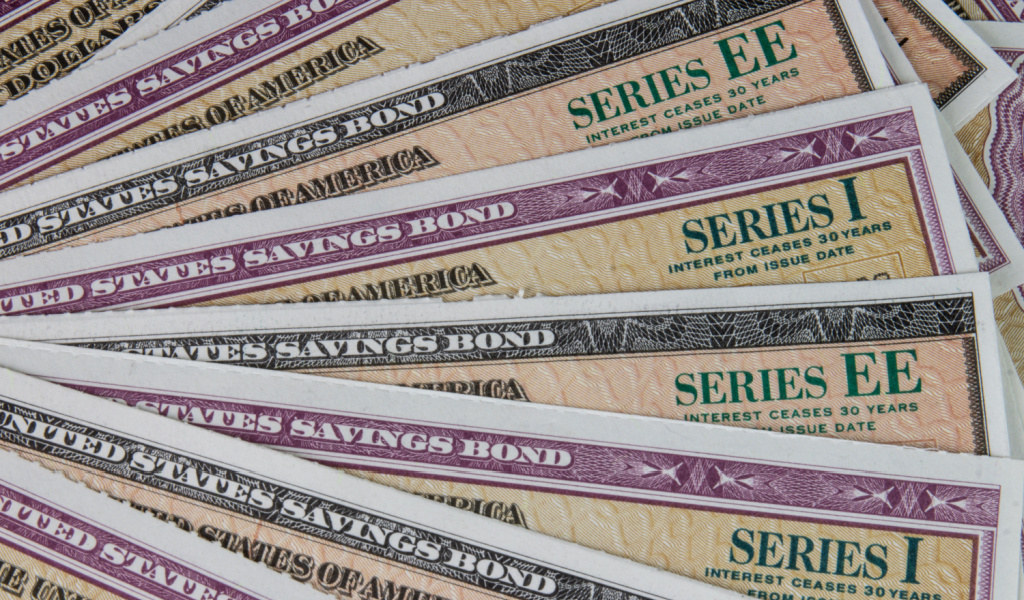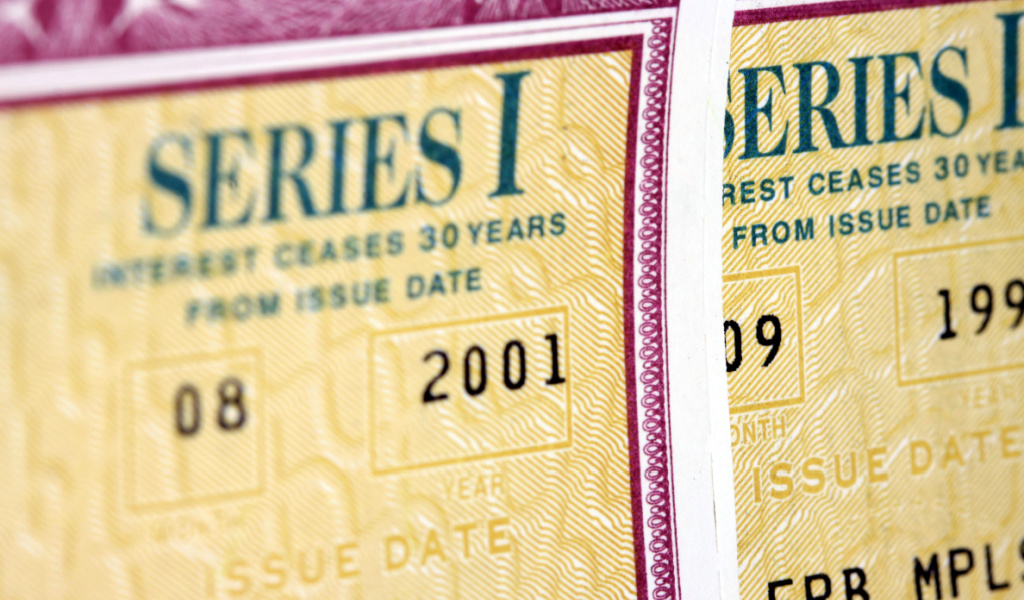Ever since the global pandemic took over and changed everything in our lives, the world of finance has been preparing for unprecedented times, particularly amid market volatility. Being an investor during such uncertain times is undoubtedly challenging, with high inflation rates where traditional savings accounts and bonds often fall short.
This was when one particular investment became a hot topic – Series I Savings Bonds, or I bonds. These bonds offer a guaranteed return based on income tax benefits and inflation. However, these bonds have certain limitations and a maximum annual investment to bear in mind. Having said that, it’s worth considering it as an option for investors.

What are I Bonds?
These are bonds that are issued by the government to protect savers and investors from the damages that are a result of inflation to their buying power. Regarding interest rates, this type of bond gets an update twice a year based on the inflation reading from the urban consumer price index that the US Bureau of Labor Statistics creates.
When you purchase an I Bond, you will get the current interest rate as set by the US Treasury Department. The interest rate will be based on a fixed base interest rate along with the inflation rate, also called the earning rate or the composite rate. The fixed rate does not change throughout the lifetime of your bond and applies to all I Bonds issued every six months. As for the inflation rate, this is subject to change every six months and is based on the current inflation readings.
Series I Bonds have risen in massive popularity and caught the attention of investors, thanks to its 9.62% current yield. At a time when many asset classes delivered bad returns, the stable feature of these government-guaranteed savings bonds remains an attractive option. While there are many benefits to it, there are limitations, too. That is why investors need to be aware of the details of this type of bond before investing in them.
Here are some things to know before you decide to buy Series I Bonds:
Safety Aspect
Series I Bonds are issued directly by the US Department of the Treasury. Moreover, they are backed by the US government. During times of market volatility, safety is a crucial feature. Since investors can purchase I Bonds directly from the US Department of the Treasury Bureau of the Fiscal Service, safety makes it an appealing choice. Moreover, the fact that the US government backs I Bonds makes them extremely low-risk, too.
$10,000 Limit
A person can purchase up to $10,000 I bonds annually, but not more than that. A married couple can each buy $10,000 a year, making it a total of $20,000 annually.
Interest Rates
The yield of I Bonds consists of two components: a fixed rate and an inflation rate. As of now, with high inflation rates, I Bonds offer a high annualized yield. However, this rate applies only for the first six months and will be subject to change after that. The new variable rate will be based on inflation data from April through September. For example, if the inflation decreases, the new variable rate applied to purchased I Bonds will also fall. However, it is essential to understand that I Bonds do not offer actual returns. This means it will keep up with the inflation index but is not meant to outperform it.
Minimum Requirement
Series I Bonds should be held for at least a period of one year. If sold within five years, the previous three months of interest are required to be forfeited. No penalty is due if the bonds are sold after five years. These types of bonds mature after thirty years but don’t necessarily have to be held to maturity.

Taxation
Interest from Series I Bonds are not subject to state income taxes. However, while they are subject to federal income tax, there are circumstances where they will be exempt from Federal income tax if the bonds are used to finance education. Federal income taxes can be deferred for the duration of the bonds being held or until they reach maturity in thirty years.
Gifting
Series I Bonds can be offered as gifts as well. Given that interest is tax-free when they are used for educational purposes, friends or family members can buy I Bonds for a student preparing for college, for example.
In Conclusion
Many investors consider Series I Savings Bonds a good investment opportunity. It makes most sense for those investors who are in possession of a sum of cash that they have no idea what to do with. However, just like every other financial decision you make, you have to carefully consider the context of your investment objectives before making the purchase.
It’s safe to say that I Bonds are a good investment in terms of taking advantage of the high inflation rates in 2023 – and even in the coming years. The interest rate environment saw a massive rise in 2022 and 2023, resulting in higher fixed interest rates offered by I Bonds. In May 2023, the fixed interest rate was at 0.90%, which is the highest it has been since 2007. Moreover, the composite interest rate on I Bonds increased over the previous two updates owing to high inflation. Experts predict that it will continue to rise during this season of inflation.
However, a potential downside is that I Bonds lack flexibility. Since they must be held for at least one year, you cannot cash them out before this period if the rate plugs due to falling inflation. This makes I bonds a less-than-ideal option for investors who need quick access to their funds because they will be tied up for at least one year. On the flip side, fixed-income investors looking for a safe investment opportunity and believing that inflation will remain high might benefit from I bonds.
Since this topic is vast, it is a good idea to discuss your investing goals and savings in detail with a financial advisor before you purchase I Bonds to enhance your current portfolio.



